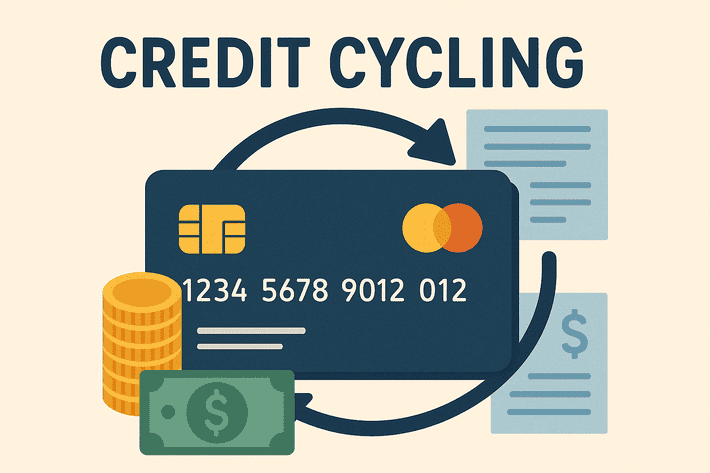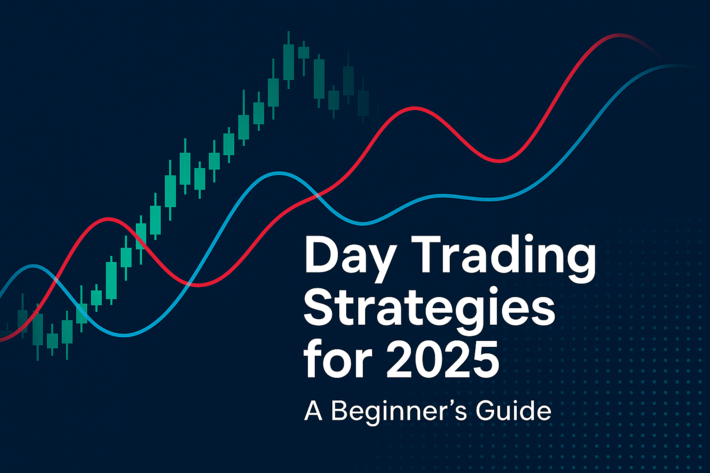A Beginner’s Guide to Prediction Markets
As one of the most transforming trends in the current trading landscape, prediction markets are changing the way traders engage with current events.
Whether you’re knowledgeable or fascinated by politics, economics or even pop culture, these markets are changing the way we speculate on the future.
How Prediction Markets Work
In essence, a prediction market represents a trading platform, where you can buy and sell contracts based on the outcome of various future events.
The contracts themselves are most commonly structured as binary options with a “Yes” or “No” answer, and a fixed payout, which usually stands at $1.
This pricing mechanics is based on the probability of each outcome you trade on, with the probability itself determined by other market participants.
For example, you can trade on the event when the Federal Reserve announces its interest rate decision next quarter, and if the market predicts that there’s a 60% chance the interest rate would be lowered, you’d put up 60 cents for a “Yes” prediction, and if you’re correct, you’d earn the remaining 40 cents of the dollar.
This binary structure is intuitive, with each position representing both a probability and a financial wager, and is highly useful in aggregating public opinion and converting collective wisdom into actionable insight.
Prediction Markets vs. Traditional Financial Markets
Both prediction and traditional financial markets have certain similarities, including the reliance on buyer-seller dynamics, speculative risk and market pricing reflected by consensus sentiment.
But that’s where the similarities end, which is why we’ll outline the key differences in the table below.
|
Feature |
Traditional Financial Markets |
Prediction Markets |
|
Asset Traded |
Stocks, Bonds, Commodities |
Event-Based Contracts |
|
Market Drivers |
Economic Indicators, Company Earnings, Global Events |
Specific Future Outcomes |
|
Risk Profile |
Broad, Portfolio-Based |
Binary, Event-Based |
|
Purpose |
Capital Accumulation |
Forecasting Outcomes |
|
Settlement |
Varies by instrument |
$1 if correct, $0 if wrong |
Featured Prediction Market Platform
Types of Prediction Markets
There are several different types of prediction markets, each with its own advantages, limitations and distinct design philosophy, along with completely different underlying mechanisms to facilitate trades.
It is crucial to understand these types well before you commit your money to a prediction market platform, which is why we wanted to shed light on the main types below.
Continuous Double Auction (CDA)
This is the most common and easily the most straightforward type of mechanism in event trading, widely adopted and used by prediction markets due to its simplicity and efficiency.
In a CDA structure, both the buyer and the seller have their orders matched in real time, whenever their chosen buy or sell price aligns, allowing for true price discovery which is driven by market participants themselves.
This approach mirrors how NASDAQ and other public stock exchanges operate, making it more approachable to traders who already have experience in equities and futures trading. For example, you can place limit orders, wait for better pricing, and take advantage of volatility.
However, the CDA model suffers in thin or illiquid markets. When there are not enough traders, bids and asks may go unmatched for long periods, and spreads can widen dramatically.
This can result in erratic pricing, slippage, and limited opportunities for traders to enter or exit positions at favorable terms, making CDAs struggle with effectiveness in markets tied to niche events or topics.
Automated Market Makers (AMMs)
These systems are designed to address the constraints in CDA systems, and are the basis of most modern event prediction platforms. In an AMM structure, the platform serves as the counterparty to every trade, essentially “being the house”.
This ensures that events and trades can be executed immediately, even when it comes to more obscure or unpopular ones without enough traders themselves trading on it.
AMMs operate using market scoring rules, which are a set of predefined mathematical formulas, and among them, the Logarithmic Market Scoring Rule (LMSR) is the most common one today.
These rules dynamically adjust the prices based on supply and demand, so if more traders purchase “Yes” shares in a market, the more expensive “Yes” becomes, while “No” trades grow increasingly cheaper, creating a self-balancing mechanism that eliminates waiting times, reduces slippage and ensures that even low-volume markets can be participated in.
The trade-off with such mechanisms is that spreads are often wider than in high-liquidity CDA markets, while also being prone to significant price swings when large trades occur, due to formula-based adjustments inherent to the system.
Blockchain-Based Prediction Markets
The newest type of decentralized prediction markets has risen in the wake of the emergence of blockchain technology, with platforms leveraging smart contracts to facilitate trading, all without the need for a central authority.
In these markets, traders interact directly with smart contracts on blockchains like Ethereum or Polygon, with funds being held in trustless wallets and all activity clearly and publicly visible.
Liquidity is often provided through decentralized AMMs, and resolution is sometimes crowdsourced through oracles or voting mechanisms among token holders.
These platforms provide global accessibility, as well as reliability due to the fact that trades are automatically settled, while also providing privacy and autonomy to users.
However, they’re also subject to scrutiny as they fall into legal gray zones, and have been restricted in multiple jurisdictions.
Lastly, these platforms are much more complex to use due to the required knowledge of crypto wallets, token conversions, gas fees and other blockchain technology specifics which can limit the user base.
Play Money Markets
Unlike all the other types of markets we mentioned, these are only simulating a real trading environment using virtual tokens. Play money markets are essentially demo platforms, used for research or educational purposes, while the structure mimics real prediction markets, with everything from changing odds all the way to leaderboards.
These platforms may offer non-monetary rewards, such as status within a community or charitable donations made in the user’s name based on performance.
The key advantage of play money markets, however, lies in their accessibility.
These markets are a great choice for beginners looking to learn the ins and outs of trading this way, without risking their own capital.
However, there are some limitations here, as the forecasting power of play money markets often suffers due to the fact that users experiment more and without risk lead to the reduction in prediction accuracy, while also not incentivizing users to make thoughtful and accurate predictions.
Despite this, play money markets are increasingly being used as forecasting tools in corporate environments and academia due to their low-risk, scalable nature.
Legality of Prediction Markets in the U.S.
As we mentioned, the regulatory landscape for prediction markets in the United States is both complex and constantly evolving, especially since the introduction of blockchain-based markets.
The Commodity Futures Trading Commission (CFTC) is the regulatory body governing most derivatives and futures markets in the US.
On state level, certain states like New Jersey, Illinois and Maryland have issued cease and desist orders against prediction markets despite federal oversight, citing unlicensed gambling as the main reason.
The Iowa Electronic Markets (IEM), hosted by the University of Iowa, operate under a no-action letter from the CFTC, which exempts it from formal regulation due to its research and educational nature.
Taxation of Prediction Market Winnings
Currently, most platforms treat gains as ordinary income, issuing 1099-MISC forms. This means that winnings are taxed at your federal income rate, and you receive no special treatment for long-term capital gains.
Losses when trading in prediction markets are also not deductible unless they are classified under “gambling losses”.
To ensure that you understand the tax implications, especially if you’re trading in decentralized crypto-based markets, we advise you consult a tax professional, or use one of the crypto tax software solutions available on the market today.
Final Thoughts
Prediction markets are an emerging phenomenon in trading, already worth tens of billions of dollars and growing in popularity with each passing year. These markets offer a fascinating fusion of speculation, sentiment analysis, and crowd-based forecasting, but are not something we’d advise for long-term investing or retirement planning.
If you choose to engage in event prediction trading, do so with the same caution you would apply to any high-risk activity, with wise budgeting, no overexposure and strict risk management.
I have always thought of myself as a writer, but I began my career as a data operator with a large fintech firm. This position proved invaluable for learning how banks and other financial institutions operate. Daily correspondence with banking experts gave me insight into the systems and policies that power the economy. When I got the chance to translate my experience into words, I gladly joined the smart, enthusiastic Fortunly team.






